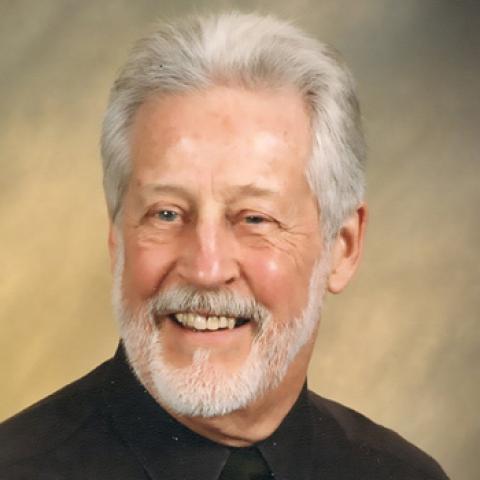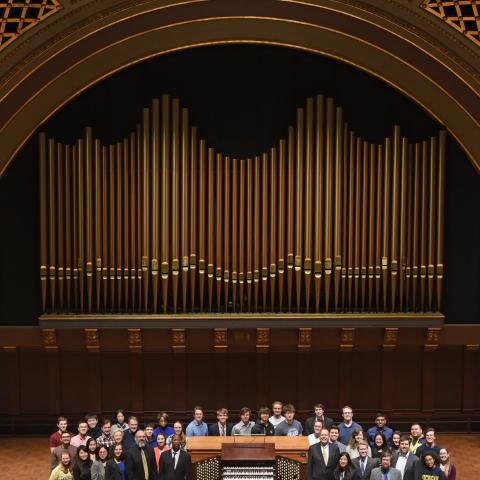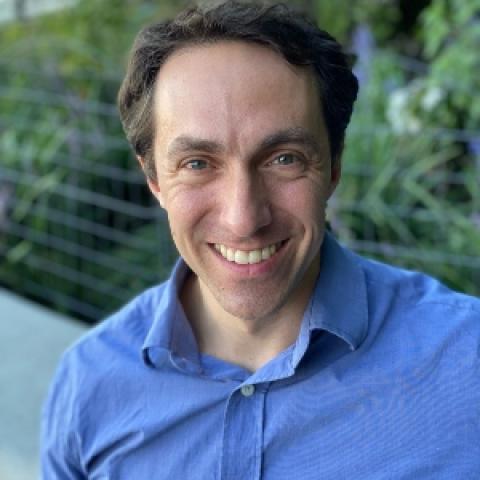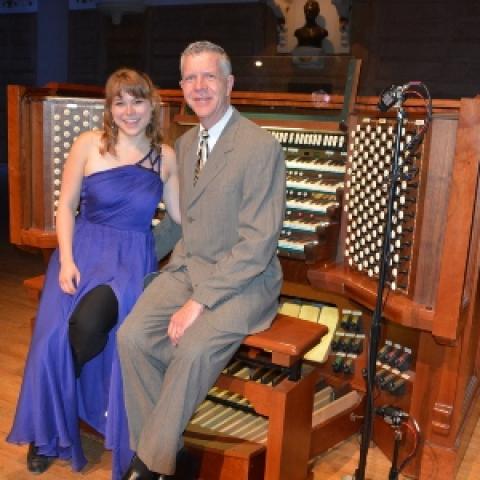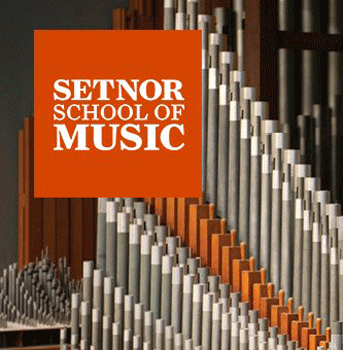
The Setnor School of Music at Syracuse University announces its first Contemporary Organ Music Festival and Composer Workshop, September 12. The workshop is geared to composers at any career stage and experience level who wish to learn more about writing for the organ. The festival will give composers valuable information that they may use in revising their pieces and applying to a nationwide competition sponsored by Hendricks Chapel at Syracuse University to be held early in 2021.
The event consists of three panel sessions, a composer workshop, and a festival concert, all open to the public. Panel sessions will cover a variety of topics, including an introduction to writing for the organ, French improvisation practice and its influence on contemporary composers, and tips on drafting a grant proposal. The composer workshop will provide time for readings of selected works and feedback from practitioners in the field. The evening concert of new organ music will be performed by Syracuse University faculty, alumni, and current students.
Those who wish to participate in the score reading and feedback session should submit previously unpublished works or works-in-progress by July 15. For more information, contact Anne Laver: alaver@syr.edu.

